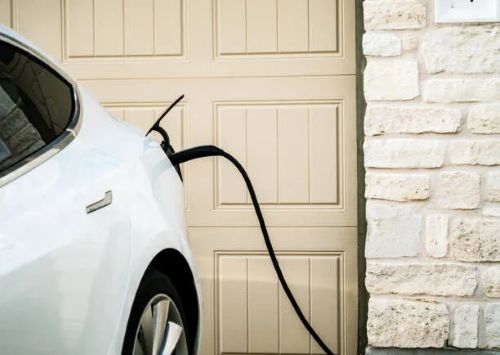


The Ultimate Guide to Home EV Chargers: Everything You Need to Know
As electric vehicles (EVs) become increasingly popular, many owners are turning to home EV chargers for reliable and convenient charging. While public stations are helpful during travel, nothing beats the convenience of charging your vehicle overnight in your garage or driveway.
This guide covers the basics of China EV charger types, connector compatibility, installation, and smart features to help you choose the right system for your needs.
Power Output: ~1 kW
Charging Time: 24+ hours for a full charge
Use Case: Emergency or very low-mileage drivers
Level 1 chargers plug into a standard outlet but are extremely slow, making them impractical for daily use.
Power Output: 6–19 kW
Charging Time: 6–8 hours for a full charge
Use Case: Ideal for home charging
Level 2 is the most common home charging level, offering faster charging with a dedicated 240V outlet.
Power Output: 50–350 kW
Charging Time: 20–30 minutes to 80%
Use Case: Commercial locations only
DC fast chargers require special infrastructure and are not suitable for residential use.
J1772 (SAE): Standard for all Level 1 and Level 2 chargers in North America. Compatible with most EVs.
Tesla NACS: Standard on Tesla vehicles. Adapters are available for use with J1772 chargers.
Focus on charger features rather than connector types—adapters make most combinations work seamlessly.
Check your EV’s max AC charging rate. A 22kW charger won’t help if your car only supports 7.2kW.
Decide whether the charger will be installed indoors or outdoors. Outdoor installations require weatherproof units (look for IP65 or higher).
Consider chargers with:
Wi-Fi or Bluetooth control
Charging schedules for off-peak rates
Real-time monitoring via apps
Load balancing for homes with multiple EVs
Ensure your home’s electrical system can support a 240V charger. You may need a new circuit or panel upgrade.
Hire a certified electrician familiar with EVSE (Electric Vehicle Supply Equipment). A typical install includes:
Site inspection
Mounting and wiring the charger
Ensuring code compliance
Testing and setup
Permits may be required, depending on local regulations.
Routine checks are simple:
Inspect the cable and plug for wear
Clean dust or debris off the unit
Keep firmware updated if applicable
Safety features to look for include overcurrent protection, surge protection, and automatic shutoff.
Convenience: Charge overnight, no waiting in line
Savings: Home electricity is cheaper than public charging
Property Value: Adds appeal to EV-savvy buyers
Energy Control: Use off-peak rates or solar energy to charge
A home EV charger is more than a luxury—it’s a long-term investment in convenience, efficiency, and the future of mobility.Know more about Google SEO Directory
